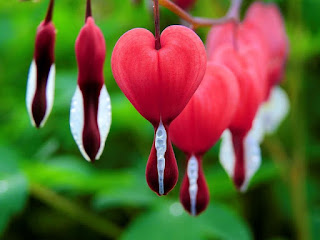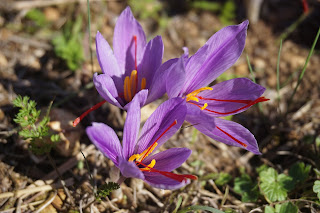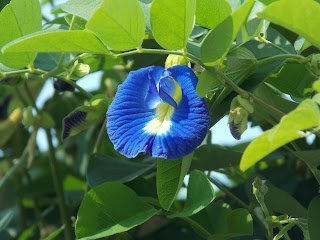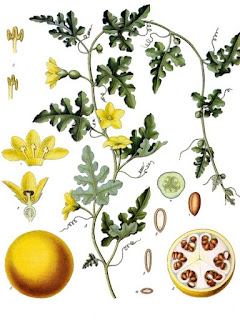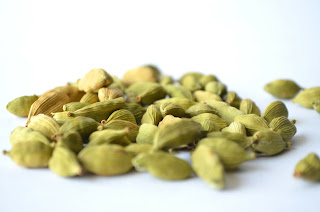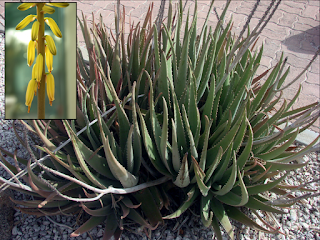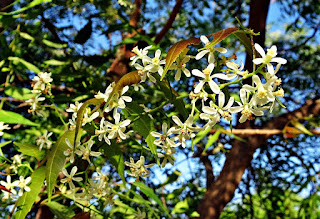Myristica trobogarii is a new species of wild nutmeg from the Agasthyamala Biosphere Reserve (Southern Western Ghats) in Kerala, India. It was described by the researchers at the Jawaharlal Nehru Tropical Botanic Garden and Research Institute (JNTBGRI) at Palode. They named the new species as Myristica trobogarii (They derived its specific name, 'trobogarii' as an acronym of their institute) as a tribute to the Tropical Botanic Garden and Research Institute. Their findings were published in the journal "Phytotaxa".
According to researchers, this is the first time in 124 years that a new nutmeg species is being reported from the Western Ghats region. The other three species belonging to the genus Myristica have been found in the Western Ghats and one in the Andaman and Nicobar Islands.
According to researchers, this is the first time in 124 years that a new nutmeg species is being reported from the Western Ghats region. The other three species belonging to the genus Myristica have been found in the Western Ghats and one in the Andaman and Nicobar Islands.
Family: Myristicaceae
It is endemic to the Western Ghats in India.

